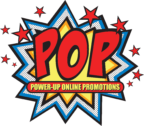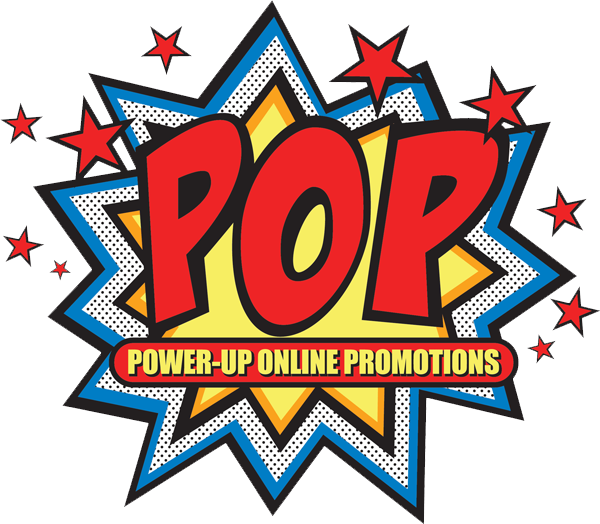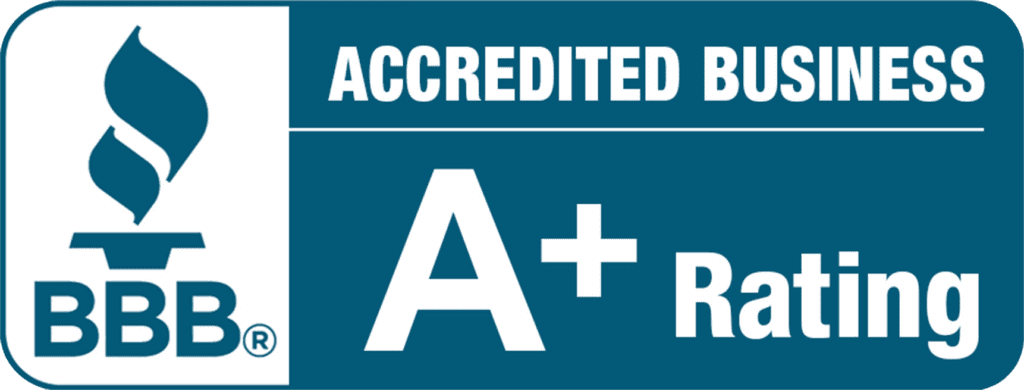I’ve told you what you shouldn’t do with your website But what should you do? I can (and do) write pages on that but there are at least 3 items you need for your website that you can not leave out.
Your website is the first (and sometimes only) impression your potential clients get of your business.
It’s extremely important.
You want it to convey your business accurately and encourage the people you want to be customers to become customers.
You also want it to convey all that information quickly and in a user-friendly way.
The best way to do that is to hire someone who knows what they’re doing to create your site for you.
But if you’re not going to do that here are the 3 most important items every small business website needs.
The Essential 3 Website Needs
Why Work with You – The Value Proposition
Why should someone work with you?
You have an ideal client. Write your value proposition to that client.
You may think that your ideal client is anyone who’ll work with you, but if you take a moment to think about every person you’ve dealt with,
you’ll probably realize that’s not true.
Think about your brand values and your value. Who do they appeal to? That’s your ideal client. Now write your value proposition to that client. Are you the cheapest? Are you the best? Are you the friendliest? Do you offer a guarantee?
Whatever is special about your business is your value proposition.
For example, for POP it’s our 2QC marketing formula (Quality, Quantity and Consistency) and honesty – we do what we say we’ll do.
What’s your value proposition?
Make it clear and put it front and center. Then your ideal customers will know if you are the ideal business for them.
Your Website Needs a Call to Action (CTA)
So your ideal customer wants to work with you. Now what?
The Call to Action (often abbreviated to CTA) is one of the most talked about terms in small business marketing.
A CTA is just what it sounds like, though perhaps less grand.
A call to action can be as simple as “Give us a call!.” Or “Leave a comment.” Your call to action should jive with the goal of your business and most importantly the particular webpage where the call to action is.
Almost every page of my website has a “Make an appointment” call to action.
To make an appointment for a marketing consultation with me, all you have to do is click on the that link and put in the time and date that works for you. It’s seamless and that’s important.
Since my goal is to meet with you to see if we’re a good fit, I want as many appointments as possible.
If I make you call me to set up an appointment, you might not do it. Perhaps you’re not in the mood to talk on the phone. Maybe you don’t have time or you’re expecting a call back any minute.
If I ask you to email me, we have to go back and forth until we find a time that works for both of us. You also need time to write an email.
Finally, if you are looking around and you want help quickly, you are probably going to speak with the first person with availability. So even if you did call or email, you probably also called and emailed my competitors and if one of them contacts you back first and you’re impressed, not only will you not talk to me, I also will probably waste my time trying to get an appointment with you.
A call to action is essential and a frictionless call to action will vastly improve your chances of reaching your business goals.
Contact Info
Your website needs to give a way for readers to contact you or the person at your business who is the first line of communication with
customers. This may seem like a no-brainer but consider this:
I belong to a networking group. We meet every week and we only allow one representative from every industry so we don’t have competition among members.
The group encourages visitors, so one day someone brought a handyman. We didn’t have anyone in the handyman designation. When it came time for visitors to introduce themselves the handyman gave out his cards.
Someone pointed out the cards didn’t have a phone number or email address. He’d never noticed. The poor guy had probably given out hundreds of these cards to potential customers who never contacted him because they didn’t know how!
This is not to belittle the handyman. We all make mistakes. That’s one reason it’s vital to proofread and have a trusted friend who will double check you.
The point is if you don’t make it clear how to contact you, people won’t do it.
Ideally, you should have multiple methods of contact so that if you get someone who really prefers a conversation, they’ll call and if you get someone who really doesn’t, they’ll email. Social media is also great for that.
One could argue that the contact information is a call to action and it can be that. But ideally you should have both.
So, again, if it’s time for website, you’re best off hiring someone. But if you’re going to do it yourself, these are the three items your website needs. If you do hire someone, make sure that your designer included all three.






